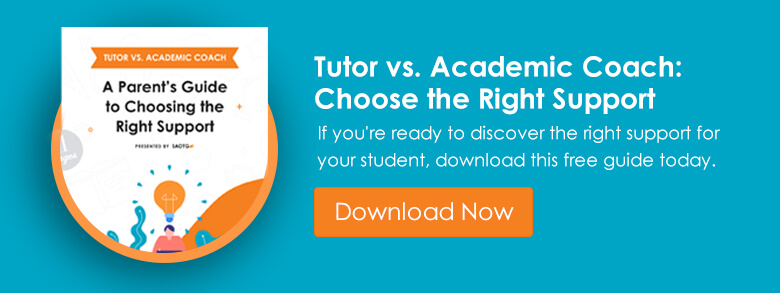I cringe every time a student says they study by “just looking over notes.” What does that even mean? I can “look over” ancient Egyptian hieroglyphs for four hours and learn absolutely nothing. There are no stakes when looking over notes. You can’t fail, which means you can’t succeed. You don’t know when you are ready. You don’t know if you have progressed at all. “Looking over notes” is wholly and utterly pointless. Actual studying integrates immediate feedback, usually through some form of testing.
Immediate feedback through some form of testing allows students to gauge their readiness before exam day. Not only does this improve grades, but it also increases mastery of the material by clarifying both the stakes and the standards. We tend to remember what we worked hard to learn. Testing provides a challenge, a discrete level of achievement to keep students motivated. Without some element of testing, most studying is futile at best and counterproductive at worst. However, different kinds of testing produce different results. The best students inject forms of dynamic testing into their preparation, while average students rely on static testing.
The main difference between static and dynamic testing revolves around how they treat weaknesses. Static testing, such as the SAT, measure current abilities within a limited domain. In other words, static tests are easier to beat and provide little to no value in long-term learning. Dynamic testing, on the other hand, is a progressive process. Dynamic testing involves determining the state of one’s expertise; refocusing learning on areas of low performance; follow-up testing to measure the improvement and to re-focus learning so as to keep raising expertise. This technique was pioneered by researchers Sternberg and Grigorenko in their three-part model of intelligence. In this model, students approach learning on a continuum, opting for personal mastery rather than comparative success.
Students can utilize this research in their study preparation by using innovative testing techniques such as those provided by educational technologies. Gimkit, Quizlet, Anki, and other software use unique algorithms to help students optimize for their weaknesses as they work toward mastery. Alternatively, students can work with a well-trained academic coach to help them gauge their level of understanding, adjust testing measures, improve, and re-test.
For more information on innovative learning techniques and ways to help your students succeed in school, please visit our blog page. If you’re interested in our unique one-on-one academic coaching program for your student, please reach out today.





